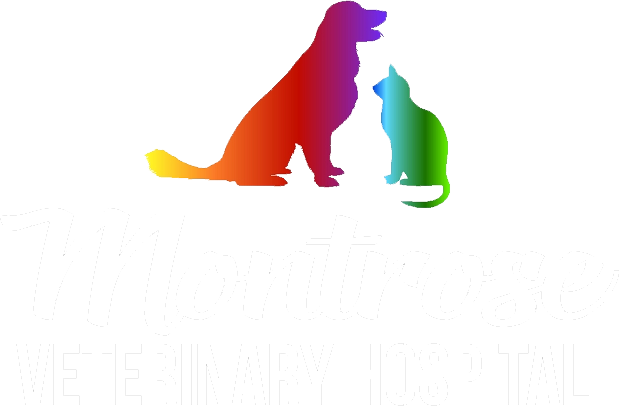Library
-
The intervertebral discs allow movement in the spine and act as shock absorbers between the vertebrae. If the disc degenerates or is damaged in some way, the disc may bulge and put pressure on the spinal cord and/or the roots of the spinal nerves that come off the sides of the spinal cord. This pressure can cause symptoms ranging from severe pain to weakness to paralysis. There are several breeds that experience a higher frequency of the condition. The severity of a dog’s clinical signs depends upon several factors. Conservative management with pain relievers and anti-inflammatory medication is recommended with a gradual onset of clinical signs or when clinical signs are limited to pain and/or a mildly wobbly gait. Surgery is recommended when there are repeated episodes of neck pain, when neck pain is severe, when there are severe nervous system deficits, or when the dog has not responded to conservative treatment.
-
Cervical vertebral instability (wobbler syndrome) is caused by compression of the spinal cord, usually at the base of the neck. Although the spinal cord compression occurs in the neck, the hind legs are often affected first. In severe cases, the dog may suddenly develop total paralysis of all four limbs. The condition is most prevalent in Great Danes and Doberman Pinschers. Most pets enjoy a relatively normal lifestyle following surgery.
-
A cesarean section is a surgery to remove kittens from the uterus and is most commonly performed as an emergency procedure when there is difficulty with natural birth. During the immediate recovery period, the mother and kittens must be closely monitored and begin eating/nursing within a few hours. If you have any concerns about their health, you should immediately have your veterinarian examine the kittens and their mother.
-
If you're looking for an excellent companion you can take almost anywhere, the Cesky Terrier might be for you. They are playful and sporty, yet calm, sweet, loyal and obedient.
-
Cetirizine is given by mouth and is used off-label to treat and prevent pruritus (itching) associated with atopic dermatitis, urticaria (hives), and insect bite reactions in cats and dogs. Give as directed. Side effects are uncommon but may include vomiting and increased salivation. Do not use it in pets that are allergic to it or hydroxyzine. If a negative reaction occurs, contact your veterinarian.
-
Cetyl myristoleate is a supplement given by mouth and is used over the counter to treat osteoarthritis, most commonly in dogs. Give as directed by your veterinarian. Side effects are uncommon but may include gastrointestinal upset. Use cautiously in debilitated, pregnant, or lactating pets. If a negative reaction occurs, please call your veterinary office.
-
This handout summarizes Chagas disease in dogs. Caused by a protozoal parasite called Trypanosoma cruzi, it is spread by the bite of infected insects or ingestion of infected insects and rodents. The clinical signs of the condition, along with its treatment, prevention, and risk to human health are outlined.
-
Chameleons may be affected by a variety of medical conditions. A swollen abdomen needs attention by a veterinarian in case of possible egg retention. Swollen joints are most likely an indication of uric acid deposits, a condition called articular gout. Chameleons with poor perching ability and/or abnormal leg angles likely have metabolic bone disease. Swellings of the tissue around the eyes is common and needs proper treatment, possibly surgery, to correct.
-
Chamomile is given by mouth or applied topically and is used off-label and over the counter to treat inflammatory skin conditions, gastrointestinal upset, and anxiety. Give as directed by your veterinarian. Side effects are uncommon if used at the proper dose, but may include vomiting, diarrhea, or skin irritation. Do not use in pets that are allergic to it or other plants in the daisy family. If a negative reaction occurs, please call your veterinary office.
-
Chediak-Higashi Syndrome is a rare genetic disease of smoke-blue Persian cats. The condition affects how the body processes waste products, resulting in changes within the body’s cells and leading to abnormal pigmentation of the skin and coat. The condition can lead to eye abnormalities and problems with blood clotting, but most cats can have a normal lifespan with careful health monitoring.

